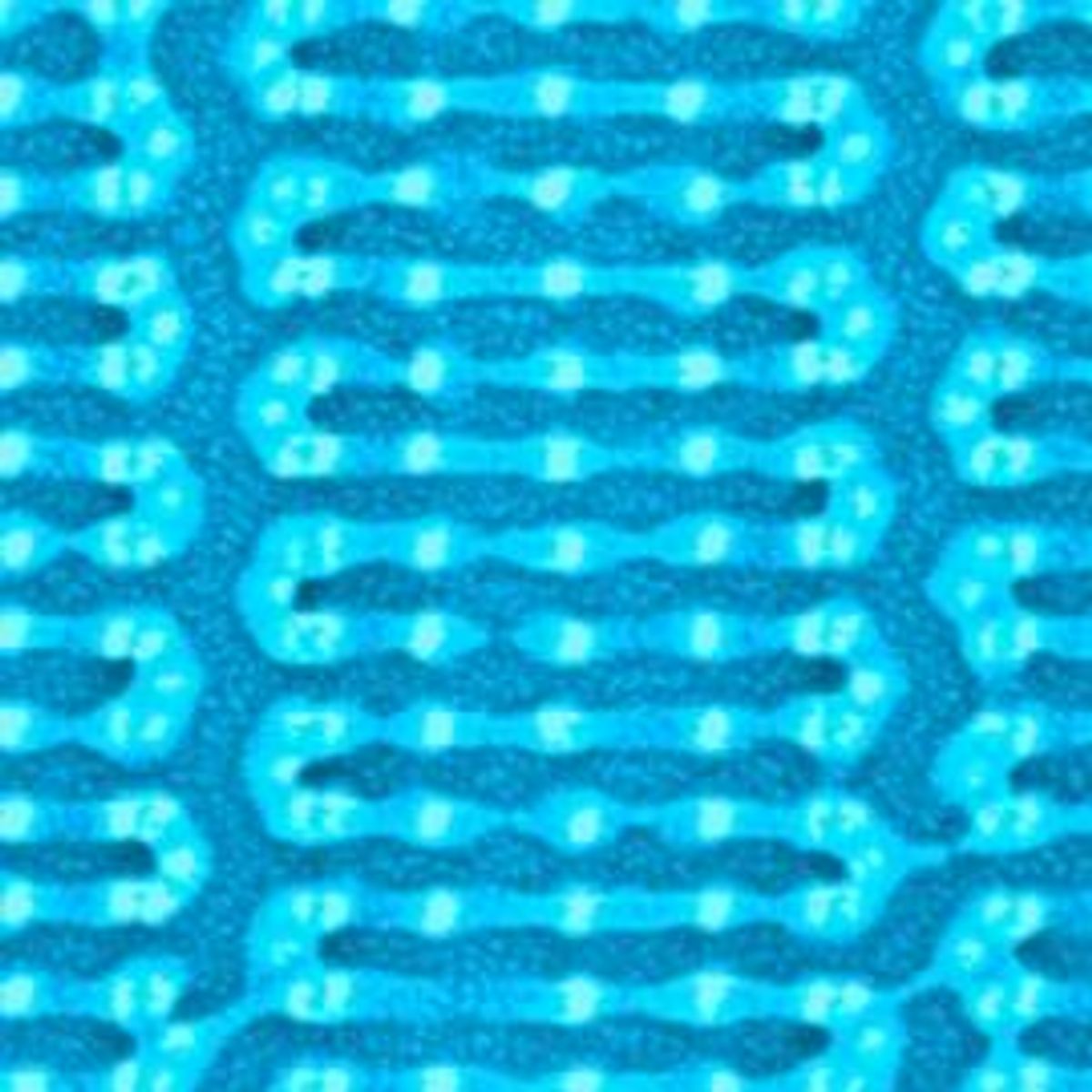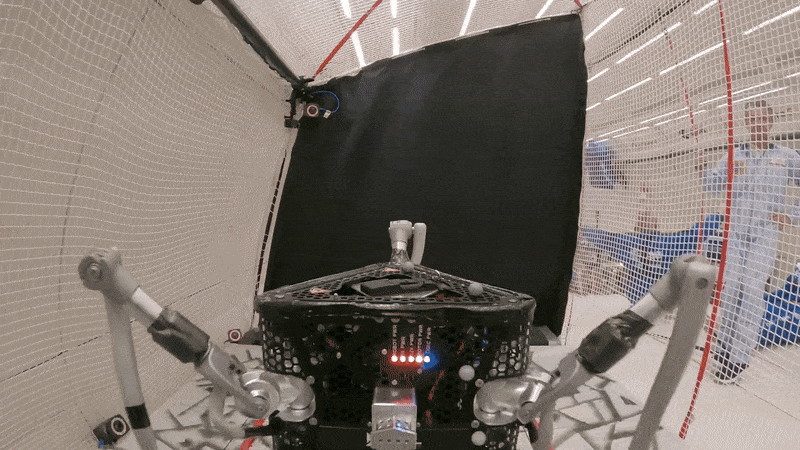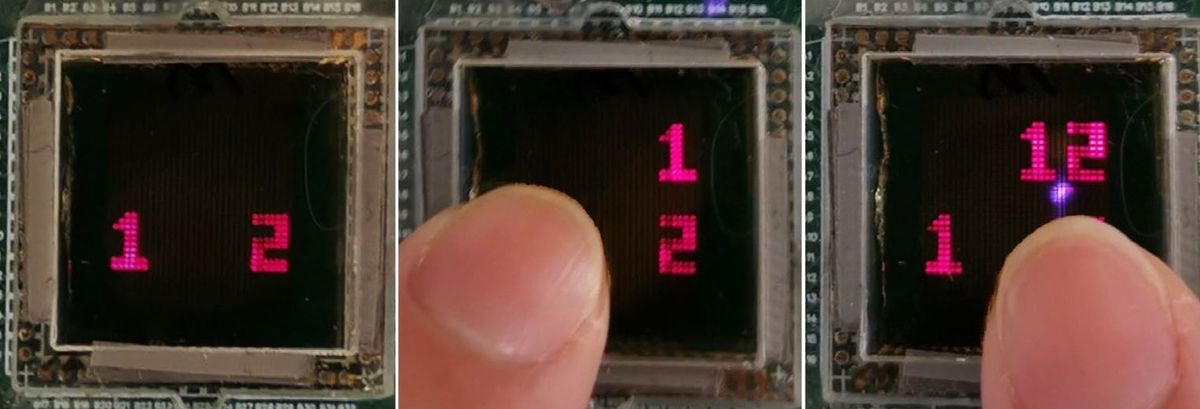Since 2007 the ITRS Roadmap has identified the directed assembly of block copolymers as a signpost on the path towards reducing feature size in chips. Before its inclusion there was a host of research in the field that demonstrated how the characteristics of copolymers could be exploited so as to create a self-assembling photoresist for chip manufacturing.
The breakthrough of the research is more clearly revealed in the abstract provided at Nature Nanotechnology in which we learn that researchers have been able to overcome the elusiveness of “arbitrary pattern generation directed by sparse templates”.
Okay, I’m getting there, but for me to really get a handle on the research I had to go to the MIT website where it is clearly explained that the sparseness of the posts to which the copolymers are attached makes the process of making them with electron-beam lithography a much shorter process.It is ironic that CNET’s attempts to heighten the interest in the story by painting a picture of machines making machines, it renders the research as pretty much the same as what has come before. The breakthrough only becomes apparent when reading the “boring” technical explanations of the research.
This is getting to be a bigger problem than I thought. If mainstream media (and CNET is not exactly mainstream) feel compelled to hype the story so that the real breakthroughs in nanotechnology are hardly distinguishable, how is the public supposed to know whether they should be concerned about nanotechnology, or not?
Dexter Johnson is a contributing editor at IEEE Spectrum, with a focus on nanotechnology.




